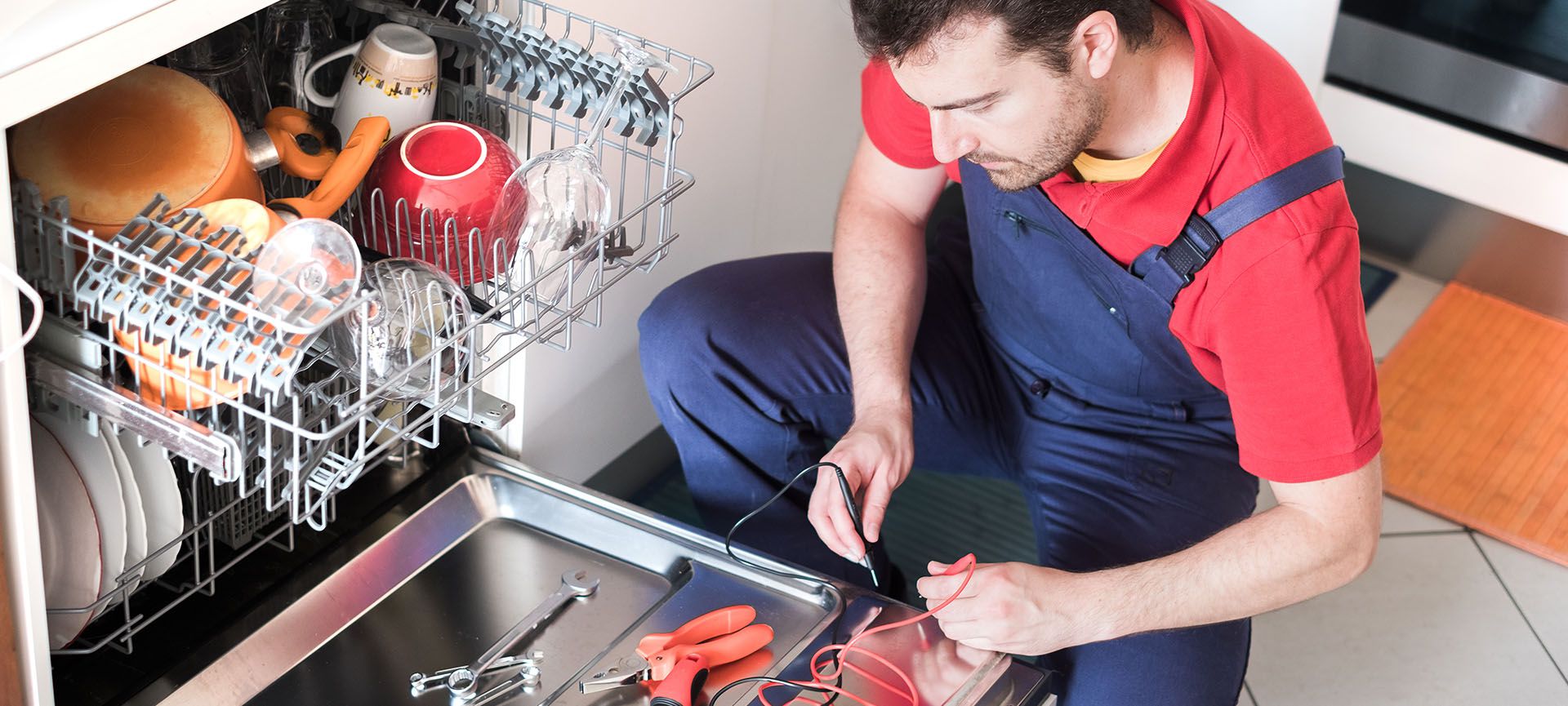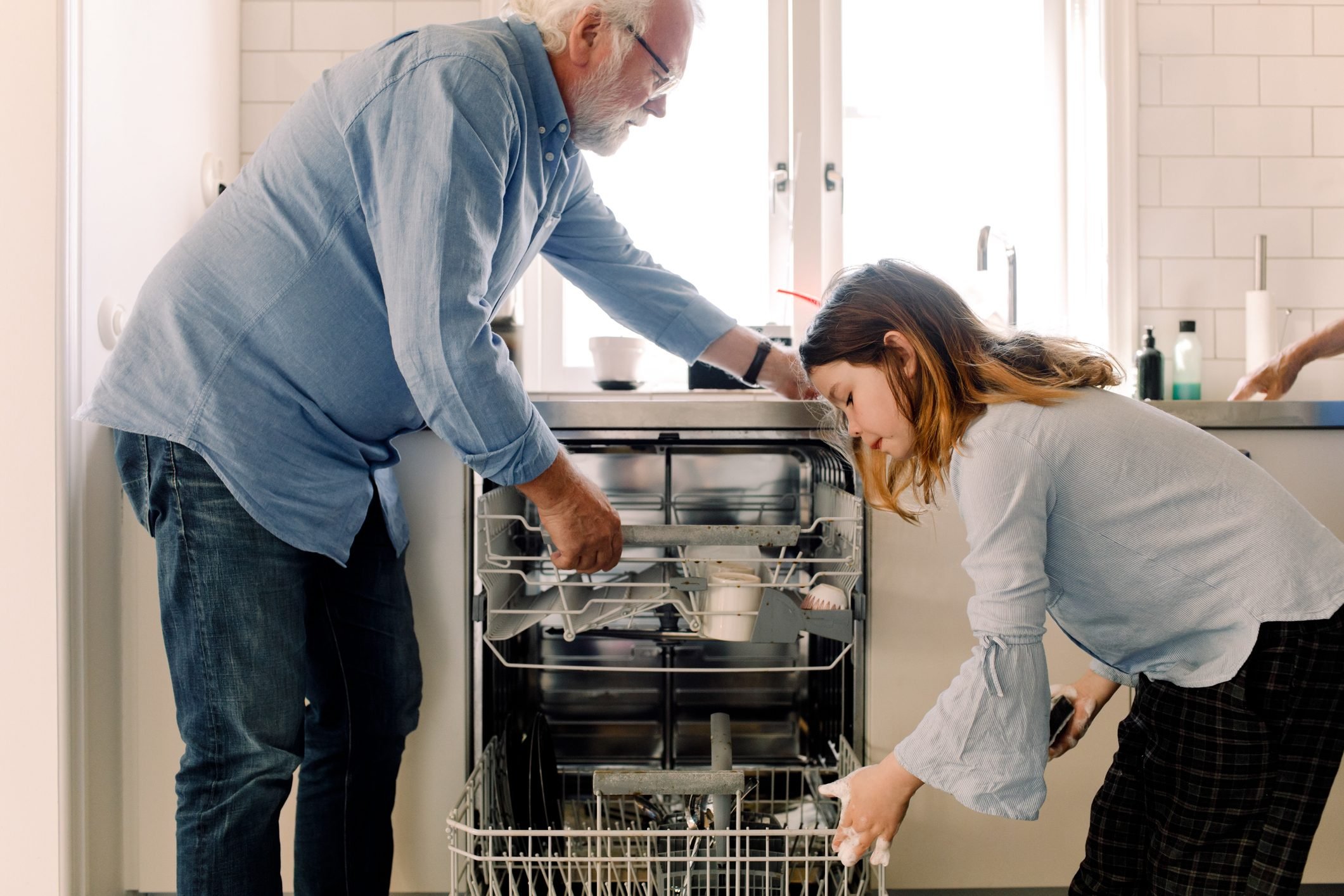Starting with Unboxing to Setting up: 6 Steps to Get Ready for Your Dishwasher
Starting with Unboxing to Setting up: 6 Steps to Get Ready for Your Dishwasher
Blog Article
The content which follows on the subject of How to Prepare for Your Dishwasher Installation is immensely motivating. Read on and draw your own personal ideas.

Repairing a new dishwasher right into your residence is no tiny joke, specifically if you're getting the equipment online. Certainly, we suggest that you deal with your plumber since they are professionals at dishwasher installation. Plus, we've done this prior to so we can stay clear of small errors that can trigger a lot of discomfort in the future.
The 6 hacks will certainly make your dishwashing machine setup as seamless as possible.
Obtain the appropriate dimensions
It is extremely essential that your dishwasher suits flawlessly with the remainder of your kitchen area appliances. Prior to you put an order for the dishwasher, take a measuring tape as well as step front the top of the kitchen table to regarding an inch off the floor. This is an usual error lots of people make. If you measure from the top of the table to the flooring, your dishwasher might be an inch more than the table when it arrives.
Additionally, take the projection into account. European and also American dishwashing machines have different densities, so always consult your plumber.
See to it the components are complete
If you're acquiring a low-cost dishwasher, possibilities are that the parts aren't full. You can check the details offered concerning the product to confirm. If it isn't, you might need to shop for parts with your plumber. Look for an intake pipe, a power cord and even a steam nozzle.
There is a significant possibility of getting mismatched parts, so consult somebody with a great deal of experience, in other words, your emergency plumbings.
Examine your water shut-off valve
Your dish washer will have its own link. It may be linked to your kitchen sink's supply, or it may have its very own fixtures from your primary. However, you need to understand that you can regulate the water that supplies your new dish washer.
While preparing for the installation, shut off all links to the kitchen. This can avoid mishaps and also interruptions.
Inspecting your shut-off shutoff prior to your plumber arrives can also avoid you from unanticipated investings because you can't connect a new dishwashing machine to a malfunctioning shut off valve.
Likewise see to it that there are no cross connections that can avoid your dish washer from getting hot water.
Discover the electrical source
Before welcoming your plumbing professionals over, ensure that there is a power electrical outlet near your preferred dishwashing machine place. If there isn't, you might need to run a wire to that place. These little mistakes can make or mar your experience, so you would do well to inspect ahead of time.
You can utilize this opportunity to inspect that your kitchen area has an independent control to make sure that you can shut down the kitchen's power at the same time while appreciating power in the remainder of your home. This easy fixture can stop numerous crashes and also save you some money.
SUPPLIES
Go over placing
The most effective location to repair your dish washer is right alongside your sink, or listed below it. The further your dish washer is from your sink, the much less useful the layout. If you have any kind of visual objectives for your dish washer, talk with your plumber concerning them. Constantly connect with your plumber
How to Install a Dishwasher: A Step-by-Step Guide
Pick the right dishwasher
Since a dishwasher is an investment, you'll want to make sure you're putting your money into something that will give you sparkling-clean dishes for years to come.
Noise level Cycle options, like express cleaning or rinse-only Efficiency (fortunately, virtually any dishwasher will save water over hand washing) Finish Don't rush this decision. Do your homework and pick the dishwasher that's right for you.
Get your old dishwasher out (if applicable)
Safety (and mess-avoidance) first: Turn off electricity to the dishwasher at your circuit breaker and turn off the water supply using the valve under the sink.
At the bottom of your dishwasher, you should see a front access panel. Take this off using a screwdriver.
Disconnect the wiring connections and the water supply. The latter will probably have water in it, so have a bowl and some rags handy. Disconnect the drain hose, too.
Now, detach the dishwasher from any anchor points. These are usually located on the underside of your counter and the adjacent cabinets.
Finally, reach under the bottom of the dishwasher. It has four leveling legs that keep it flush with the top of the counter. Using pliers, adjust those to lower the dishwasher so you'll be able to pull it out.
Before you give it a tug, put some cardboard (the box from your new dishwasher will work) or an old blanket down so you don't scratch up your floor.
Hook up water, power and the drain hose
If you didn't have an old dishwasher to remove and skipped that step, now's the time to turn off the electricity (at your circuit breaker) and water (at the valve under your kitchen sink). You might also need to drill holes in the cabinet between where the dishwasher will go and the area under your sink. This will let you run the power cord, water supply and drain hose through.
Position your dishwasher near the gap where it will be installed and take off the front access panel. Depending on where the connections are, you may want to carefully lay it on its back for easier access.
Electrical
Identify the wire connection housing. It likely has a cover you'll need to remove. Your dishwasher comes with a power cord -- thread the end you don't plug into an outlet into there. Connect the wires to the respective wires of the same color (e.g., green to green, white to white, black to black). Replace the wire housing cover. Thread the cord under your sink and plug it in.
Water supply
Your dishwasher probably came with a small, 90-degree fitting that connects to the back of the unit, letting the water supply line extend parallel to the back of the dishwasher. Attach that first. Then, connect the water supply line that your dishwasher came with from the valve under your sink, through the hole in your cabinet, to that piece on the back of your dishwasher.
Read the manufacturer's instructions. Many dishwasher water supply connections are compression fittings, but you might need joint compound to get a leak-free fit. Add joint compound, if needed, and tighten the water supply line to the dishwasher and to the water connection under your sink by hand. Then, grab a wrench and give them a quarter-turn for a tight fit. Don't over-tighten or you could strip the threads.
Get the dishwasher in place
Now, if you put the dishwasher on its back, carefully tip it so it's right side up. Slowly and carefully push it into the space under your counter.
You may want to have a second person pull the power cord, water supply and drain hose through the hole in your cabinet as you do this to ensure any slack doesn't get caught under the dishwasher. You can feed any excess back behind the dishwasher once it's in place.
Test it out
Before you do all the fiddly work of getting your dishwasher perfectly positioned and anchored, run a full cycle. Don't forget to turn the water and power back on first.
If the dishwasher turns on, great -- you at least got the electrical connections right. If it doesn't, you may want to call a local electrician to come help you out.
As it runs (and afterward), check for leaks. Tighten any connections as needed, working in small increments to avoid over-tightening.
Level and anchor it
Once you're sure the dishwasher is working like it's supposed to, grab some pliers. Use those to adjust the legs under the dishwasher so that it's flush with your countertop. Grab your level to confirm it's flat or you could run into problems with drainage.
Finally, grab the brackets it came with and use those to anchor the dishwasher to the underside of your cabinet and the adjacent cabinets.

Do you like more info about How to install a dishwasher safely? Post a remark down the page. We would be glad to know your insights about this review. We hope to see you back again in the future. Sharing is good. Helping people is fun. Thank-you for your time spent reading it.
Visit Report this page